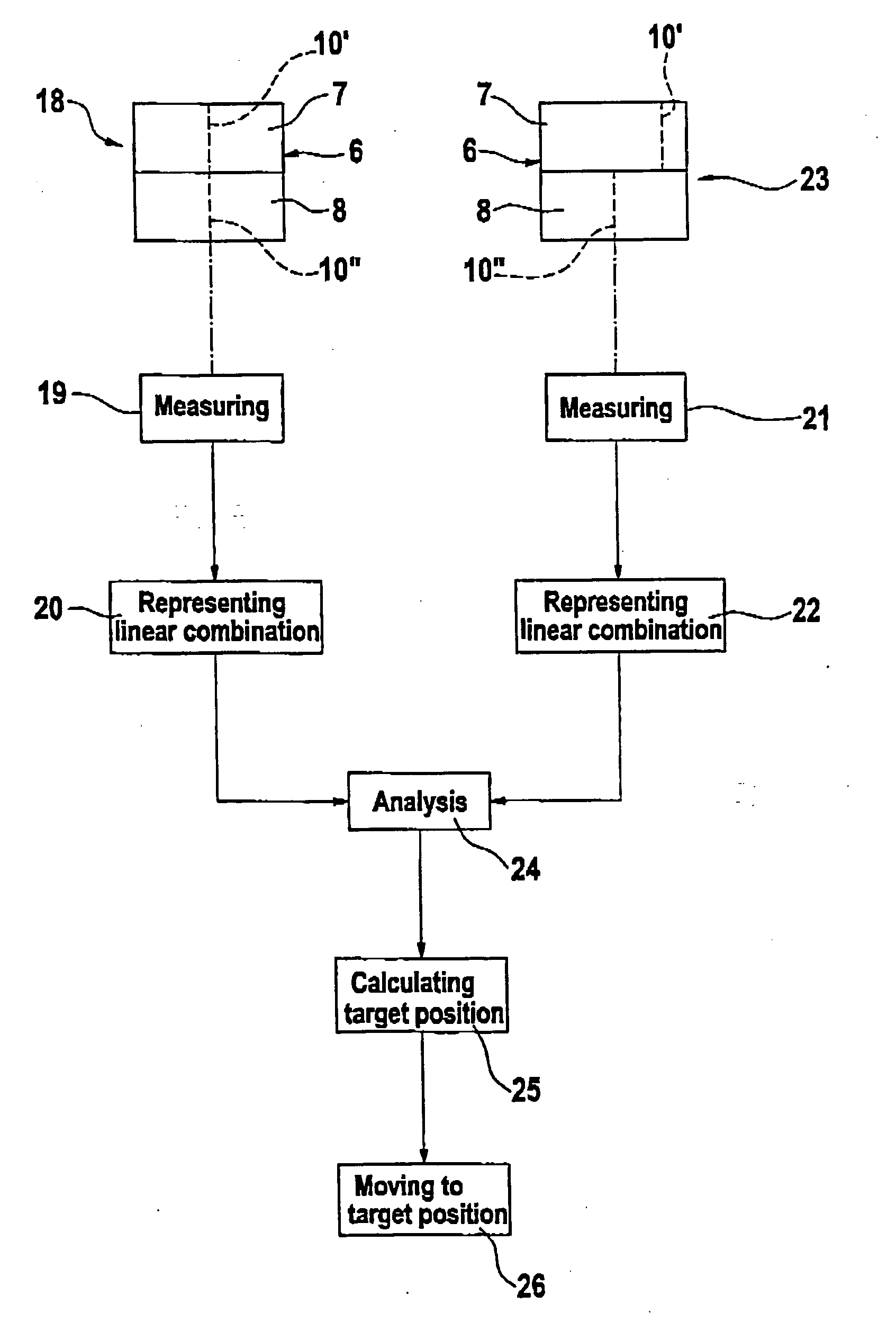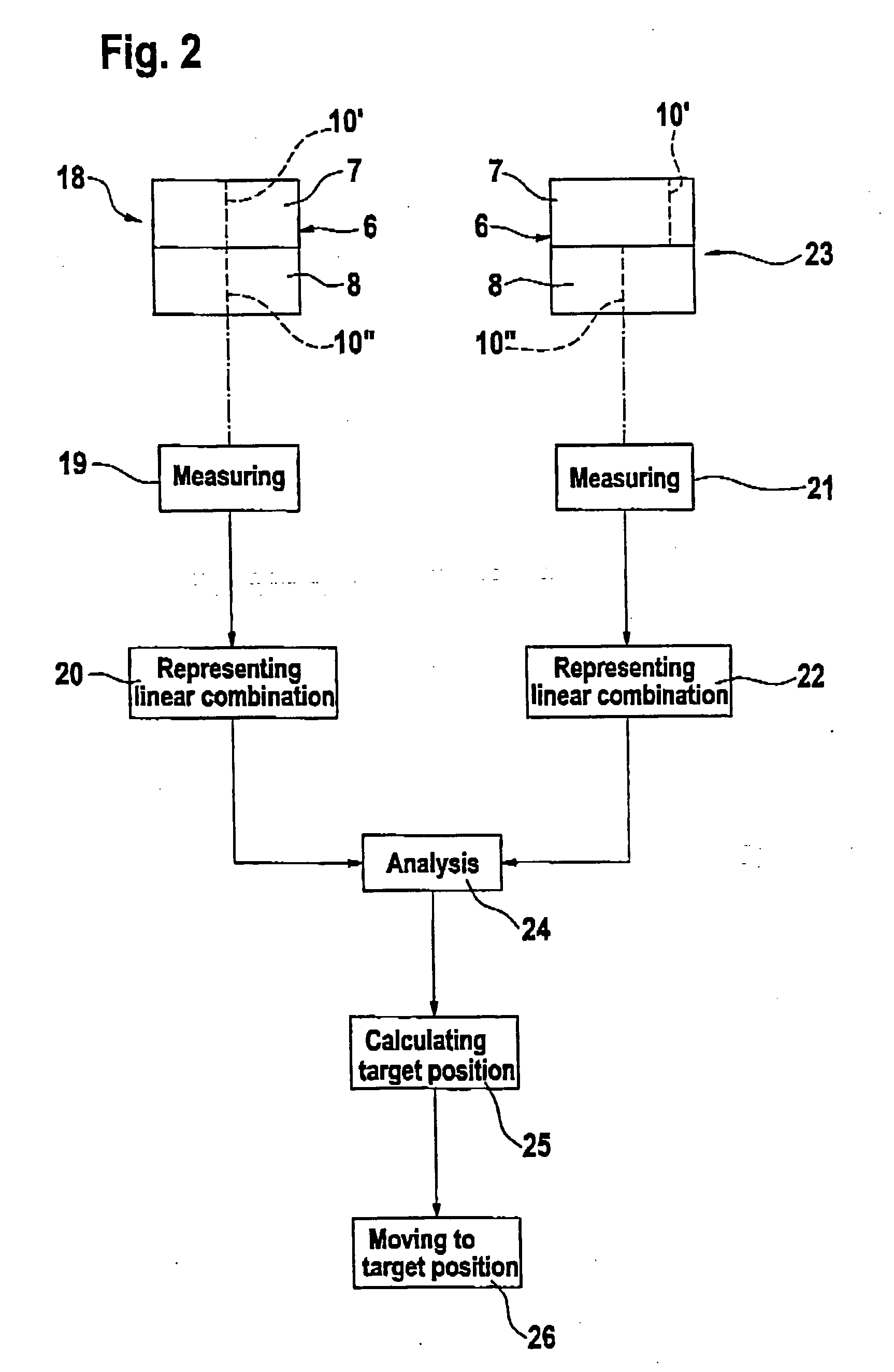Optical system and method for improving imaging properties thereof
an optical system and imaging technology, applied in the field of optical systems, can solve the problems of insufficient deterministic optimization methods, inaccurate approach, and ineffective correction of image defects, so as to reduce the number of discarded optical components, reduce the manufacturing cost of the optical system, and improve the effect of image quality
- Summary
- Abstract
- Description
- Claims
- Application Information
AI Technical Summary
Benefits of technology
Problems solved by technology
Method used
Image
Examples
first embodiment
[0121] The method steps in addition to those shown in FIG. 4 are carried out, after a subdivision of the projection objective 406 in optical elements 430 to 433 has been established. The pre-optimization is then carried out for all optical elements 430 to 433.
second embodiment
[0122] A second embodiment for such a preoptimization will be further described in more detail with reference to the flow diagram shown in FIG. 9:
[0123] According to this second embodiment, the additional method steps are introduced between an initializing step 440 and the measuring step 441. In the initializing step 440 the projection objective 406 is divided into a movable part suitable for the later measurement step 441 and a stationary part, as has been explained further above. The steps to be carried out in the pre-optimization procedure between the initializing step 440 and the measurement step 441 are, at least in principle, identical for both embodiments and are for that reason described hereinafter for both embodiments.
[0124] Referring to FIG. 8, the projection objective 406 may be divided in the initializing step 440 into a first part, which can be moved in its entirety and consists of the optical element 430, and a second stationary part comprising the optical elements 4...
PUM
 Login to view more
Login to view more Abstract
Description
Claims
Application Information
 Login to view more
Login to view more - R&D Engineer
- R&D Manager
- IP Professional
- Industry Leading Data Capabilities
- Powerful AI technology
- Patent DNA Extraction
Browse by: Latest US Patents, China's latest patents, Technical Efficacy Thesaurus, Application Domain, Technology Topic.
© 2024 PatSnap. All rights reserved.Legal|Privacy policy|Modern Slavery Act Transparency Statement|Sitemap



